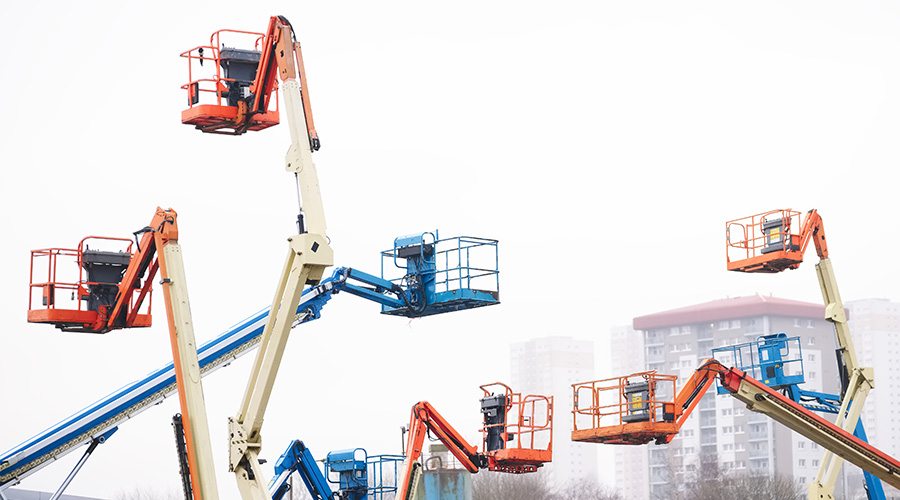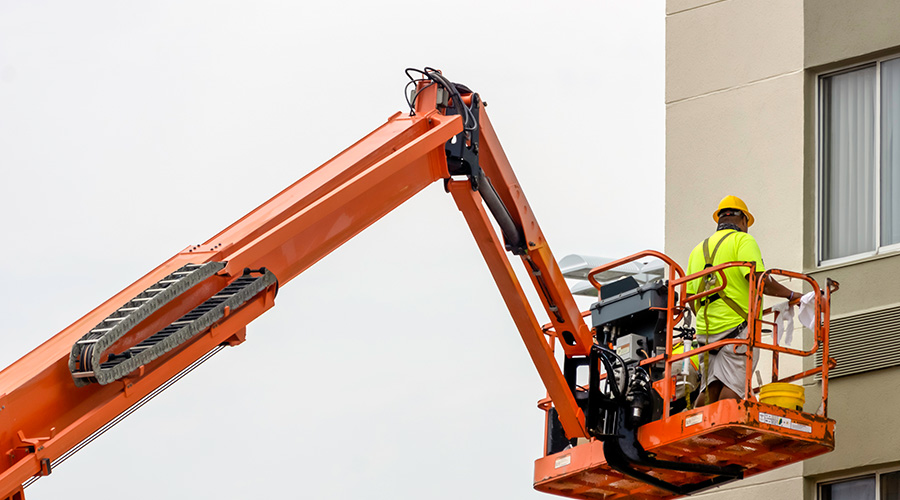Rely on Guidelines When Specifying Personal Protective Equipment
Employers must provide most protective equipment, including PPE, at no cost to workers. Maintenance or engineering departments do not need to pay for non-specialty, safety-toe, protective footwear, including steel-toe shoes or boots, or non-specialty, prescription safety eyewear, provided they permit technicians to wear such items off the job site.
Additional items employers do not have to pay for include everyday clothing, such as long-sleeve shirts, long pants, street shoes, and normal work boots. Other excluded items include skin creams and other items used solely for protection from weather, such as winter coats, jackets, gloves, parkas, rubber boots, hats, raincoats, ordinary sunglasses, and sunscreen.
Employers must pay for replacement PPE, except when an employee loses or intentionally damages the piece of equipment.
Selecting PPE
OSHA relies heavily on consensus standards to specify the type of PPE required to properly protect employees from workplace hazards. OSHA requires that many categories of PPE meet or be equivalent to standards developed by the American National Standards Institute (ANSI). As a result, managers must become familiar with ANSI and other consensus standards OSHA references in various PPE regulatory standards.
Managers can obtain most information pertaining to a consensus standard from PPE manufacturers or suppliers. Managers should make sure their bid and purchasing documents specify that PPE is designed and manufactured in accordance with applicable consensus standards that OSHA regulations reference. Among the common PPE that OSHA references in its standards includes:
- eye and face protection: ANSI Z87.1
- head protection: ANSI Z89.1
- foot protection: ANSI Z41.1-1991
Related Topics:














